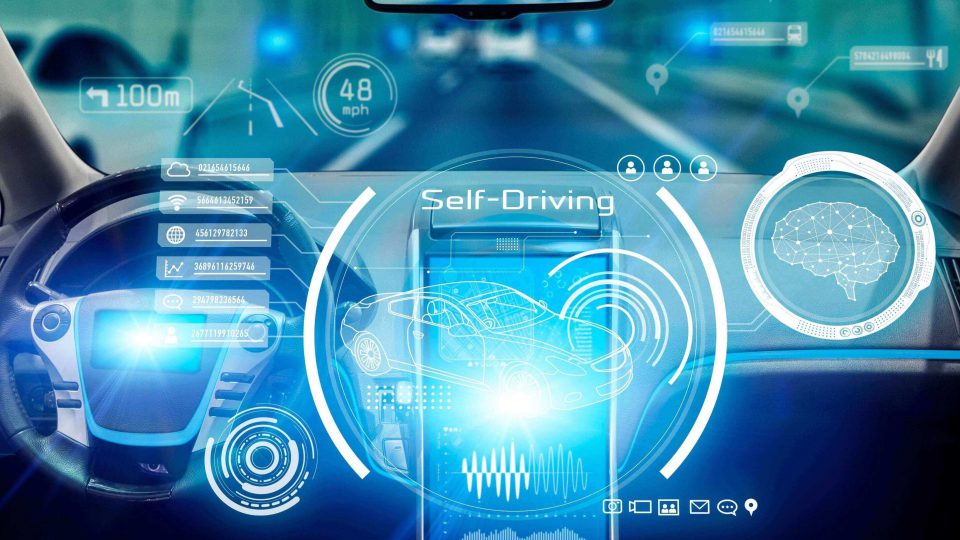

Telematics, the combination of telecommunications and informatics, offers crucial insights when it comes to logistics and fleet management. The technology along with GPS, Cloud computing, IoT, cellular network and analytics software have led to the emergence of new possibilities for tracking vehicles. Telematics software allows logistics professionals to have key information that can help solve issues, strategise decisions and boost fleet efficiency.
To keep a check on a bigger picture and to handle deliveries with accuracy, fleet managers are required to rapidly check and analyse data like engine and cargo telemetry, location, speed, acceleration, in-vehicle video camera feed, etc. Besides this, driver’s behaviour, weather condition, congested roads are other key information that may be crucial for managers. Thus, it becomes necessary to integrate all the data from multiple sources immediately and effectively.
The widespread deployment of the fifth-generation cellular network will help create both opportunities and challenges for telematics technology. When it comes to opportunities, the 5G network will enable the vehicles to transmit messages faster with improved reliability and low latency. However, to make the most out of it, more scalable analytics within telematics systems is required. With 5G networks, the data is going to arrive very quickly and hence new technologies are required to analyse this data in real-time.
For this, a potent new software technique for streaming analytics known as “real-time digital twins” has been developed. This technology allows the telematics systems for faster processing of incoming telemetry. The real-time digital twins form a software-based twin of the tracked physical data source and interpret the incoming messages from that particular data source.
Make your business more profitable with LocoNav’s Telematics
Real-time digital twins have two main advantages over traditional techniques for tracking telematics data. Firstly, they immediately analyse the telemetry and the context allows the managers to know and predict any issues. For instance, predictive analytics for engine telemetry can be implemented and notified in case of unsafe driving practices. Secondly, they create important statistics for quick aggregation, thus allowing for better situational awareness than what it was possible earlier. For example, the identification of widespread delays because of weather or road congestion enables the dispatchers to react strategically. Here are some of the key benefits of the real-time digital twins’ technique:
- Real-time and quick results
Dispatchers need not wait to query databases as real-time digital twins offer up-to-the-minute information, so logistics professionals can make well-informed decisions regarding anything.
- More reliable situational awareness
As real-time digital twins analyze incoming data quickly and display the outcomes within a few seconds, dispatchers can keep a tab on emerging issues to deliver fast and planned responses.
- Association of relatable data for analysis
Real-time digital twins connect the data naturally and create a natural group to analyze telemetry. For instance, the real-time digital twin for an engine will draw upon databases to get the maintenance records and history of issues with the engine, and it can be connected with incoming telemetry regarding current operating parameters.
- Sending information back to the source
In general, most of the real-time alerts are only focused at the edge within the vehicle like driving alerts however, digital twins make use of fast 5G networks to share control signals back to a vehicle.
- Smooth integration into telematics systems
A telematics system generally snapshots the telemetry, saves it in a database for query and then processes it offline through big data techniques. Real-time digital twins can function with these elements in interpreting incoming telemetry and generates instant results for visualization.
- A fast and simplified development
Since the application code running in real-time digital twins has to pay attention to the single data source rather than analyzing the flow of all incoming messages, this simplifies everything and more detailed feedback is received from the data source.
With real-time digital twins, logistics managers and dispatchers can fetch information from multiple data sources in real-time and use it to increase situational awareness. Due to this, vehicles fleets can run with a higher level of efficiency, safety as well as productivity. Hence, telematics when employed along with real-time digital twins can undoubtedly help in managing, controlling and taming the demands of complex logistics networks.
Quick Read: A Look Into the World of Video Telematics
Quick Read: A Guide To Choosing The Right Telematics Device For Your Fleet